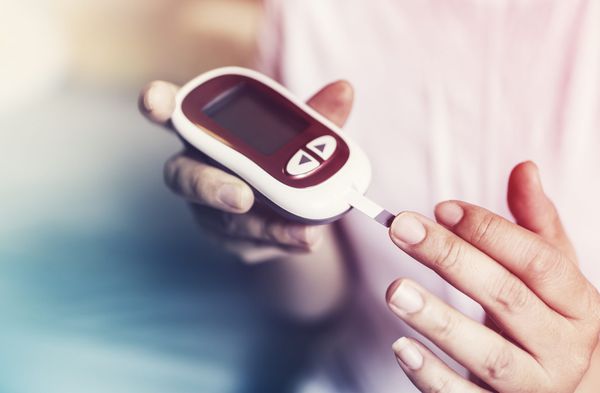Type 1 diabetes is a chronic condition that occurs when the pancreas is unable to produce enough insulin to regulate the body’s blood sugar levels. Insulin is a hormone that helps the body use glucose (a type of sugar) as energy. Without enough insulin, the body’s cells are unable to access the energy they need, resulting in high blood sugar levels.
Symptoms of Type 1 Diabetes
Symptoms of type 1 diabetes can vary from person to person, but common symptoms include:
Frequent urination: High blood sugar levels can cause the body to produce more urine, leading to frequent urination.
Increased thirst: As the body tries to flush out excess glucose through urine, it can lead to dehydration and an increased thirst.
Fatigue: High blood sugar levels can interfere with the body’s ability to use energy effectively, leading to fatigue and tiredness.
Blurred vision: High blood sugar levels can cause changes in the shape of the lens in the eye, leading to blurry vision.
Slow-healing cuts and wounds: High blood sugar levels can impair the body’s ability to heal properly, leading to slow-healing cuts and wounds.
Weight loss: Despite increased appetite, people with type 1 diabetes may experience weight loss due to the body’s inability to use glucose as energy.
If left untreated, type 1 diabetes can lead to serious complications such as nerve damage, kidney disease, heart disease, and blindness. It is important to seek medical attention as soon as possible if you are experiencing any of the above symptoms.
Treatment for Type 1 Diabetes
The main treatment for type 1 diabetes is insulin therapy, which involves injecting insulin into the body to help regulate blood sugar levels. Insulin therapy can be administered through injections or an insulin pump. Injections can be given through a syringe, insulin pen, or insulin jet injector. Insulin pumps are small devices that deliver insulin continuously throughout the day through a small tube that is inserted under the skin.
In addition to insulin therapy, people with type 1 diabetes should also monitor their blood sugar levels regularly and follow a healthy diet and exercise routine. This can help to control blood sugar levels and prevent complications.
It is important to note that type 1 diabetes is a lifelong condition that requires daily management. However, with proper treatment and management, people with type 1 diabetes can live long, healthy lives.
In conclusion, type 1 diabetes is a chronic condition that occurs when the pancreas is unable to produce enough insulin. Symptoms of type 1 diabetes can include frequent urination, increased thirst, fatigue, blurred vision, slow-healing cuts and wounds, and weight loss. If left untreated, type 1 diabetes can lead to serious complications. The main treatment for type 1 diabetes is insulin therapy, which can be administered through injections or an insulin pump. In addition to insulin therapy, people with type 1 diabetes should also follow a healthy diet and exercise routine and monitor their blood sugar levels regularly to prevent complications. With proper treatment and management, people with type 1 diabetes can live long, healthy lives.

 Home
Home Health
Health Diet & Nutrition
Diet & Nutrition Living Well
Living Well More
More












